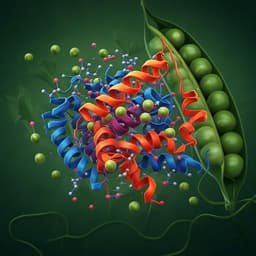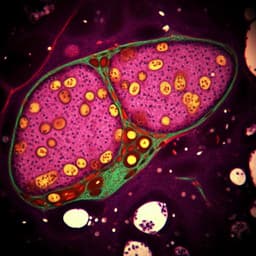
Food Science and Technology
Effects of high fructose corn syrup on intestinal microbiota structure and obesity in mice
X. Wang, L. Zhu, et al.
This fascinating study by Xiaorong Wang and colleagues explores how high fructose corn syrup influences body fat and gut microbiome in mice, revealing significant increases in body fat and notable changes in gut microbiota composition. Their findings highlight the intricate relationship between diet and health.
~3 min • Beginner • English
Related Publications
Explore these studies to deepen your understanding of the subject.







